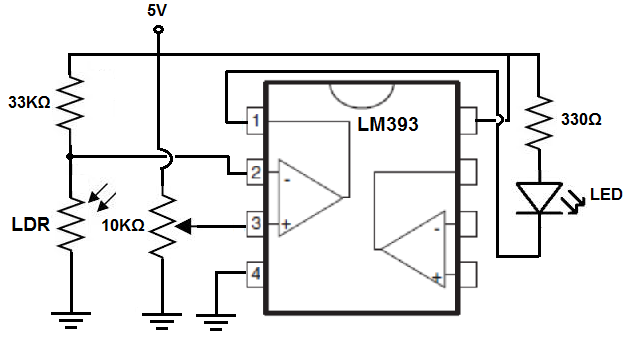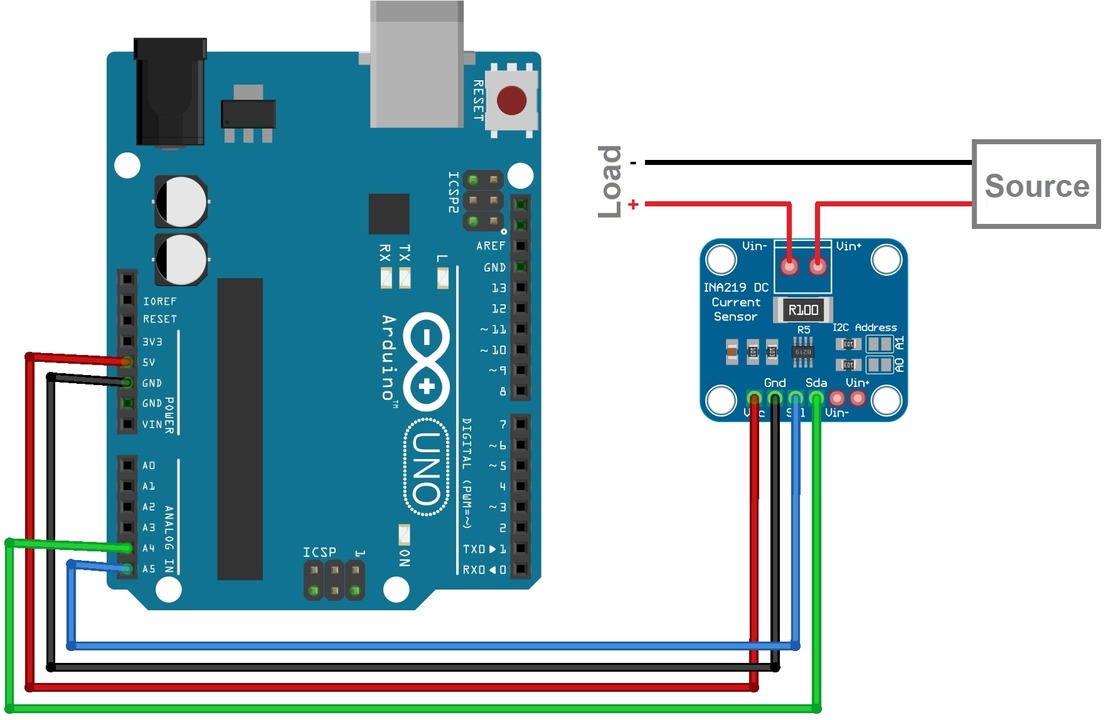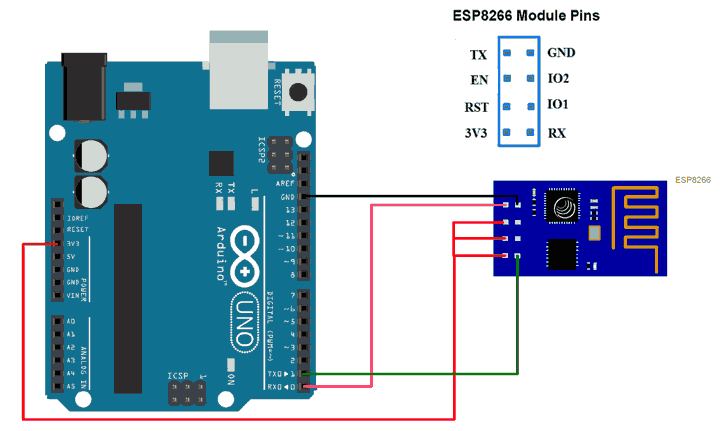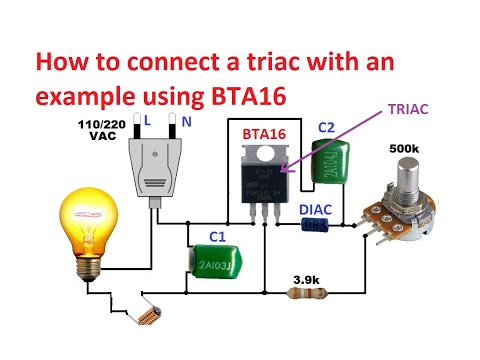How to Wire an LM393 Comparator?
If you’re looking to wire an LM393 comparator for your electronics project, you’ve come to the right place! In this guide, we’ll walk you through the steps to properly wire an LM393 comparator and ensure it functions correctly.
What is an LM393 Comparator?
Before we dive into the wiring process, let’s first understand what an LM393 comparator is. An LM393 is a dual voltage comparator that is commonly used in electronics projects to compare voltages at two inputs. It has two inputs, labeled V+ and V-, and a single output pin. The output pin will switch depending on whether V+ is higher or lower than V-.
Materials Needed:
- LM393 Comparator
- Power Supply
- Resistors
- LEDs (optional)
- Breadboard
- Jumper Wires
Wiring the LM393 Comparator:
Now that you have gathered all the materials, it’s time to wire the LM393 comparator. Follow these steps carefully:
1. Begin by placing the LM393 comparator on the breadboard. Make sure to align the pins correctly.
2. Connect the V+ pin of the LM393 comparator to the power supply (Vcc) using a resistor.
3. Connect the V- pin of the LM393 comparator to the power supply ground (GND) using another resistor.
4. Connect the non-inverting (+) input pin of the comparator to the voltage signal you want to compare.
5. Connect the inverting (-) input pin of the comparator to the reference voltage signal.
6. Connect the output pin of the comparator to an LED (if using) through a resistor.
That’s it! Your LM393 comparator is now wired and ready to use. Make sure to double-check all connections and power supply voltages before testing your circuit.
Tips for Troubleshooting:
If your circuit is not working as expected, here are a few troubleshooting tips:
- Check all connections for loose wires or incorrect placements.
- Verify that the power supply voltage is within the specified range for the LM393 comparator.
- Make sure the input and reference voltage signals are connected correctly.
- If using an LED, ensure it is connected in the right polarity.
By following these steps and tips, you should be able to successfully wire an LM393 comparator for your electronics project. Have fun experimenting and learning with this versatile component!
How to Wire an LM393 Comparator?
If you’re looking to wire an LM393 comparator for your electronics project, you’ve come to the right place! In this guide, we’ll walk you through the steps to properly wire an LM393 comparator and ensure it functions correctly.
What is an LM393 Comparator?
Before we dive into the wiring process, let’s first understand what an LM393 comparator is. An LM393 is a dual voltage comparator that is commonly used in electronics projects to compare voltages at two inputs. It has two inputs, labeled V+ and V-, and a single output pin. The output pin will switch depending on whether V+ is higher or lower than V-.
Materials Needed:
- LM393 Comparator
- Power Supply
- Resistors
- LEDs (optional)
- Breadboard
- Jumper Wires
Wiring the LM393 Comparator:
Now that you have gathered all the materials, it’s time to wire the LM393 comparator. Follow these steps carefully:
1. Begin by placing the LM393 comparator on the breadboard. Make sure to align the pins correctly.
2. Connect the V+ pin of the LM393 comparator to the power supply (Vcc) using a resistor.
3. Connect the V- pin of the LM393 comparator to the power supply ground (GND) using another resistor.
4. Connect the non-inverting (+) input pin of the comparator to the voltage signal you want to compare.
5. Connect the inverting (-) input pin of the comparator to the reference voltage signal.
6. Connect the output pin of the comparator to an LED (if using) through a resistor.
That’s it! Your LM393 comparator is now wired and ready to use. Make sure to double-check all connections and power supply voltages before testing your circuit.
Tips for Troubleshooting:
If your circuit is not working as expected, here are a few troubleshooting tips:
- Check all connections for loose wires or incorrect placements.
- Verify that the power supply voltage is within the specified range for the LM393 comparator.
- Make sure the input and reference voltage signals are connected correctly.
- If using an LED, ensure it is connected in the right polarity.
By following these steps and tips, you should be able to successfully wire an LM393 comparator for your electronics project. Have fun experimenting and learning with this versatile component!



